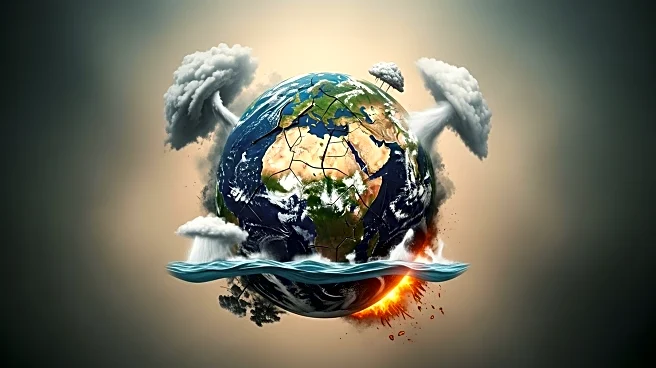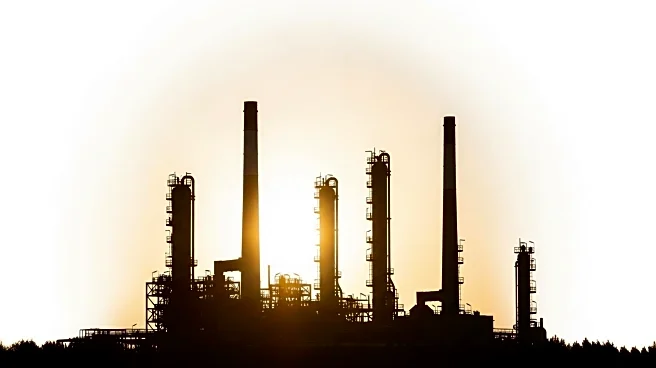What's Happening?
Catastrophe modelers are grappling with the increasing complexity of predicting losses from secondary perils such as tornadoes, hailstorms, and floods. These events are becoming more frequent and severe, partly due to climate change, which is expected to increase hurricane intensity and magnify storm surges. The Swiss Re Institute highlights that rising temperatures and sea levels will substantially impact future insured losses. Despite advancements in computing power and AI, models still struggle to accurately predict inland flooding, as demonstrated by Hurricane Helene's impact on the US southeast last year. The disconnect between models and real-world events raises concerns about the adequacy of current catastrophe modeling.
Why It's Important?
The challenges faced by catastrophe modelers have significant implications for the insurance industry and property owners. As climate change intensifies weather events, the inability to accurately model secondary perils could lead to underestimations of risk and insufficient insurance coverage. This situation poses financial risks for insurers and homeowners, particularly in areas not traditionally considered flood zones. The inadequacy of exposure data for commercial properties further complicates accurate loss estimation, potentially leading to unexpected financial burdens. Addressing these modeling gaps is crucial for developing effective risk management strategies and ensuring adequate insurance coverage in the face of evolving climate threats.
What's Next?
Insurers and modelers are likely to continue refining catastrophe models to better account for secondary perils and the impacts of climate change. This may involve integrating more granular data and leveraging AI advancements to improve prediction accuracy. As the insurance industry adapts, there may be increased efforts to educate property owners about the importance of comprehensive coverage, even in areas not traditionally at risk. Policymakers might also consider regulatory changes to support better risk assessment and management practices. The ongoing evolution of catastrophe modeling will be critical in mitigating the financial impacts of future natural disasters.











